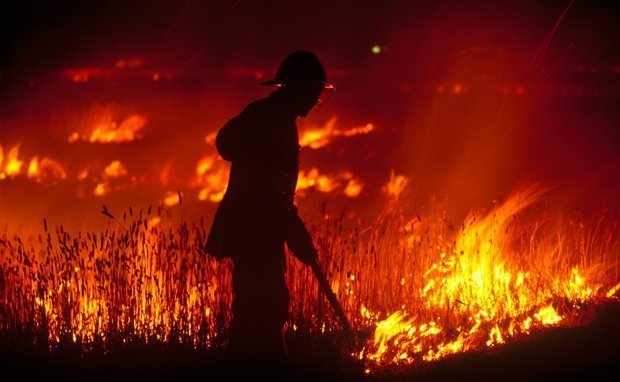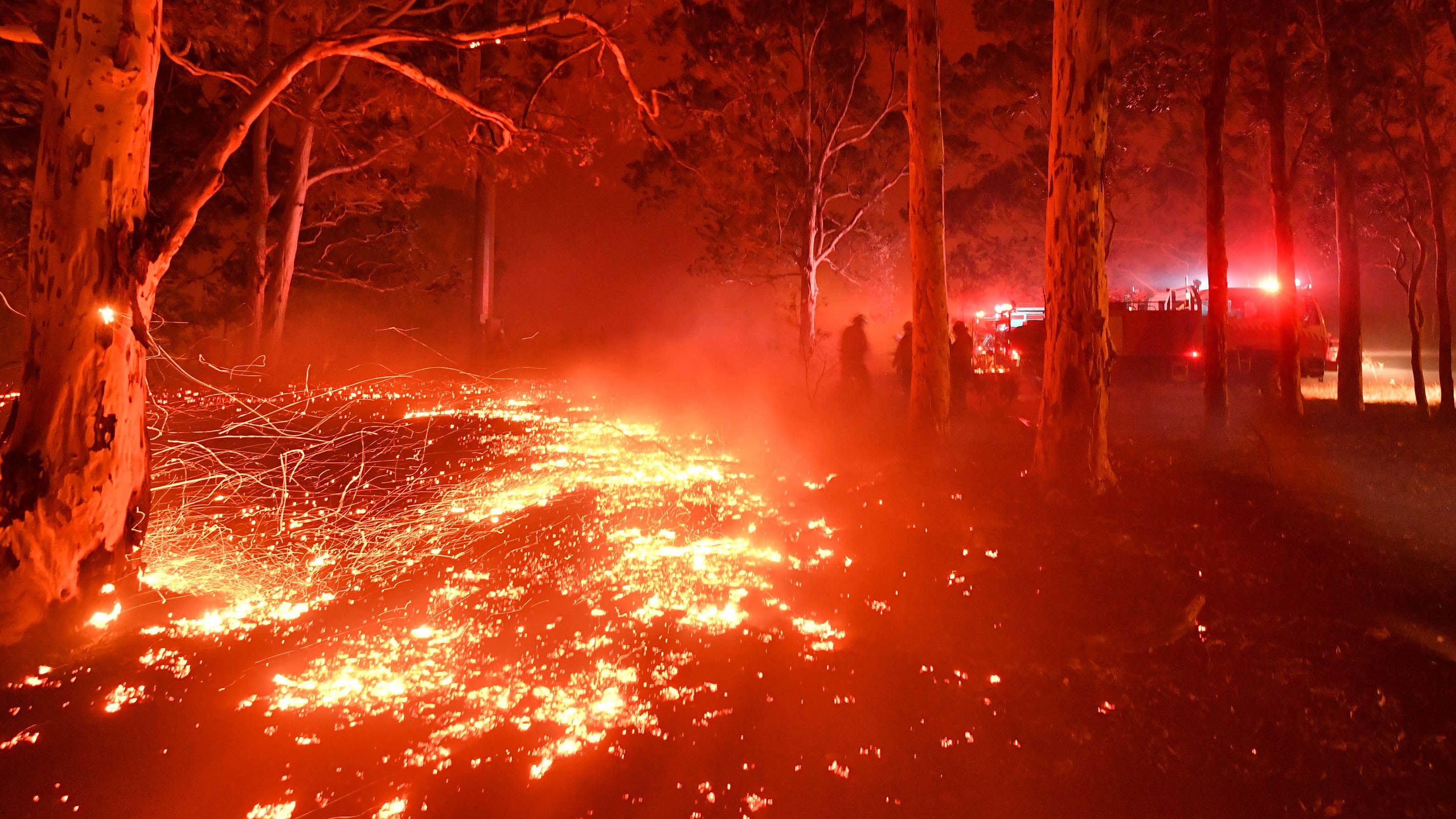Crafting Your Property's Security: A Detailed Bushfire Management Plan Overview
Crafting Your Property's Security: A Detailed Bushfire Management Plan Overview
Blog Article
Vital Tips for Bushfire Administration to Ensure Fire Protection

Comprehending Bushfire Threat Degrees
Recognizing the varying degrees of bushfire danger is vital for effective planning and preparation in mitigating possible threats to buildings and lives. Bushfire danger degrees are typically classified based upon factors such as weather, gas availability, topography, and historic fire behavior. By understanding these threat individuals, areas and degrees can proactively implement strategies to minimize vulnerability and enhance resilience in the face of potential bushfire occasions.
The first level of bushfire danger is low threat, where the chance of a bushfire happening and triggering substantial harm is very little. This level typically takes place during periods of low temperatures, modest humidity, and very little wind speeds. Moderate threat levels indicate an increased potential for bushfires because of rising climate condition or fuel accessibility. Risky degrees signify a significant hazard, with conditions for quick fire spread and severe fire actions. Severe threat degrees are one of the most essential, posturing brewing risk to lives and residential properties as a result of serious weather and extremely combustible fuels.
Comprehending these bushfire threat levels enables stakeholders to tailor their preparedness and feedback actions as necessary, guaranteeing a aggressive and effective method to bushfire monitoring.
Developing a Defensible Room
Reliable bushfire management starts with developing a defensible area around homes to enhance defense versus possible fire dangers. A defensible area is a buffer zone that creates a barrier between a structure and the bordering flammable vegetation. This area functions as a critical line of defense, providing firemans a secure area to run and helping to minimize the danger of a fire spreading to the residential property.
When developing a defensible room, it is necessary to think about the format of the home and the surrounding landscape. Clearing up greenery, especially highly flammable plants, within a certain span of the home can help prevent the rapid spread of fires. In addition, maintaining a well-irrigated zone around the building can additionally enhance its defensibility.
Regular upkeep of the defensible room is vital to ensure its effectiveness. This includes trimming overhanging branches, clearing dead greenery, and keeping the location totally free of debris. By spending time and initiative into developing and keeping a defensible space, building proprietors can dramatically improve their opportunities of shielding their homes and possessions throughout a bushfire.
Carrying Out Fireproof Landscape Design
When creating landscapes to minimize the risk of bushfires, incorporating fire-resistant elements is vital for enhancing building protection and reducing fire threats. Select plants with high dampness content, low oil material, and marginal dead greenery to minimize the danger of fire spread.

Producing an Emergency Discharge Plan
Establishing a comprehensive emergency situation emptying plan is vital for ensuring the safety and security and health of individuals during prospective bushfire cases (BAL Assessment). A reliable browse around this site evacuation plan need to detail clear treatments to adhere to in the event of a great post to read bushfire hazard, including designated evacuation courses, assembly factors, and communication protocols
To start developing an emergency emptying plan, it is vital to analyze the certain risks and susceptabilities of your location. Recognize several evacuation courses that lead to risk-free areas away from the fire, considering factors such as surface, road access, and possible threats. Establish communication networks to sharp homeowners of an approaching emptying, using techniques such as sirens, message notifies, or door-to-door alerts.
Routinely evaluation and exercise the evacuation strategy with all residents or community participants to ensure everyone recognizes their obligations and roles. Conduct drills to check the efficiency of the plan and make any kind of needed modifications. By having a well-prepared evacuation strategy in place, you can enhance the possibilities of a orderly and safe emptying throughout a bushfire emergency.
Maintaining Fire Safety And Security Devices
After developing a thorough emergency situation evacuation plan for bushfire occurrences, it is necessary to prioritize the normal upkeep of fire safety and security tools to ensure ideal functionality and readiness. Regular maintenance of fire safety equipment such as fire extinguishers, smoke alarm, emergency alarm, and lawn sprinkler is important in safeguarding lives and property throughout a bushfire. When required., carrying out regular evaluations, screening, and maintenance of these tools by certified specialists is crucial to assure they are in working order.
Fire extinguishers should be examined consistently for stress degrees, visible damage, and correct functionality. By carefully keeping fire safety and security devices, people can boost their preparedness and response abilities in the event of a bushfire.
Verdict
In verdict, reliable bushfire monitoring includes comprehending risk degrees, developing defensible rooms, executing fireproof landscaping, creating evacuation plans, and preserving fire safety and security devices. By adhering to these essential suggestions, people can guarantee much better fire protection and safety and security for their properties and neighborhoods. It is very important to prioritize aggressive actions to mitigate the threats connected with bushfires and to be gotten ready for emergency situations.
By understanding the nuances of bushfire threat levels, developing defensible rooms, executing fire-resistant landscape design, producing comprehensive emptying plans, and ensuring the upkeep of fire safety and security tools, individuals and neighborhoods can substantially bolster their strength against the devastations of wildfires - BAL Report. These pointers are not just critical for securing versus prompt fire check my reference risks yet also for fostering long-term fire security approaches that can make a considerable difference in the face of intensifying bushfire risks
High-risk levels signify a considerable risk, with problems helpful to rapid fire spread and extreme fire behavior. Regular maintenance of fire security tools such as fire extinguishers, smoke detectors, fire alarm systems, and lawn sprinkler systems is important in protecting lives and property throughout a bushfire.In final thought, effective bushfire management includes understanding threat degrees, developing defensible rooms, implementing fire-resistant landscaping, creating evacuation strategies, and keeping fire security devices.
Report this page